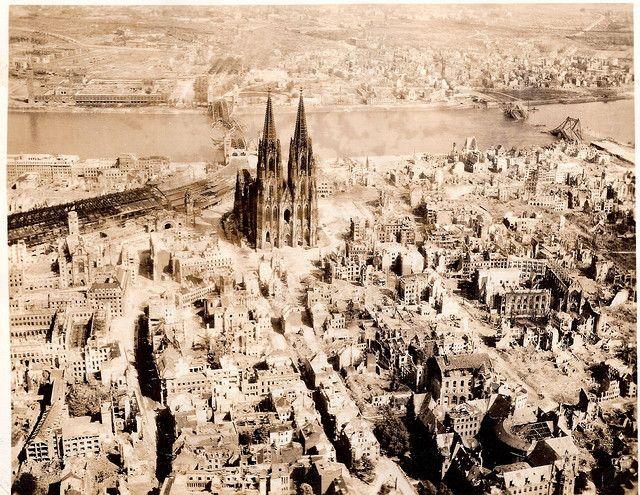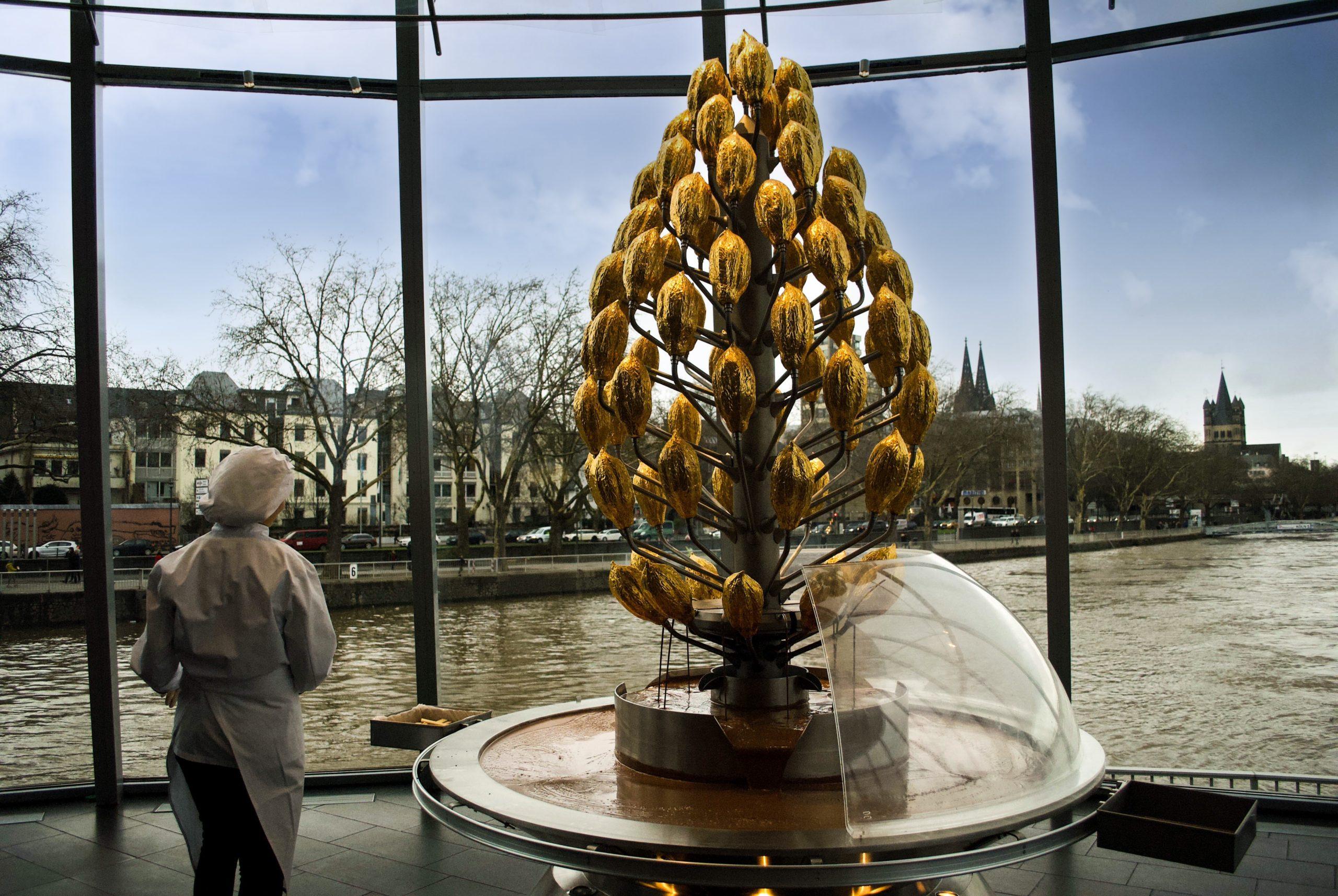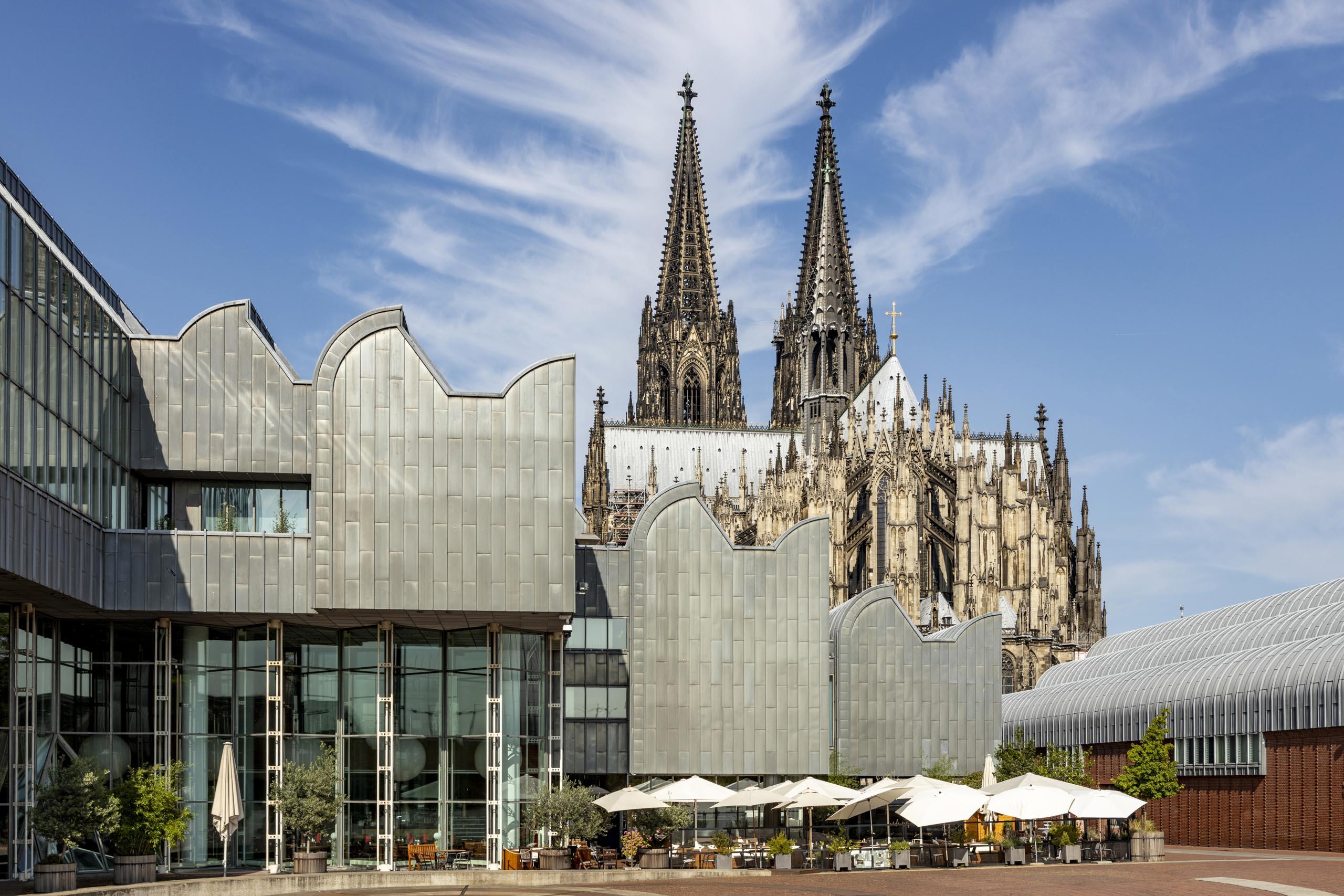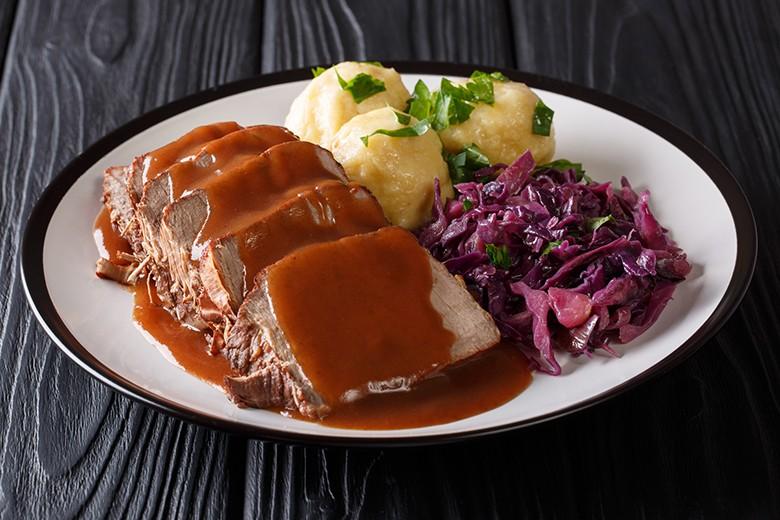POPULATION
1.086.081
CURRENCY
EURO (€)
TIMEZONE
GMT +1:00
LANGUAGE
GERMAN
WEATHER
JULY 18ºC /
JANUARY 2ºC
AIRPORTS
Köln-Bonn Airport
HISTORICAL IMPORTANCE OF COLOGNE
Cologne (Köln), located on the Rhine River in western Germany, holds significant historical importance dating back over 2,000 years. Founded by the Romans in 50 AD as "Colonia Claudia Ara Agrippinensium," it became a major Roman provincial capital and a hub of trade and governance in the region. Throughout the Middle Ages, Cologne flourished as a prominent member of the Hanseatic League, a powerful confederation of merchant guilds and market towns. The city's strategic location made it a key center for commerce, religion, and cultural exchange, marked by its stunning Gothic cathedral, the Köln Dom, begun in the 13th century. Cologne also played a crucial role in the development of printing and publishing during the Renaissance and later became a leading cultural and industrial city in Germany. Today, Cologne's rich historical heritage, vibrant arts scene, and economic vitality continue to attract visitors and residents alike from around the world.

A Two Millennia Old City
Cologne boasts a rich and storied history that spans over two millennia. Founded by the Romans in 50 AD as "Colonia Claudia Ara Agrippinensium," it quickly became a major city in the Roman Empire, serving as the provincial capital of Germania Inferior. Throughout the Middle Ages, Cologne flourished as a prominent member of the Hanseatic League, a powerful confederation of merchant guilds. The city's strategic location on the Rhine River facilitated trade and cultural exchange, contributing to its economic and cultural prominence. The construction of the magnificent Cologne Cathedral (Köln Dom) began in the 13th century, symbolizing Cologne's status as a religious center and a hub of Gothic architecture. Over the centuries, Cologne has weathered wars, fires, and transformations, emerging as a vibrant cultural and industrial city in modern Germany, celebrated for its historical landmarks, cultural festivals, and resilient spirit.
WHEN IS THE BEST TIME TO VISIT COLOGNE?
The best time to visit Cologne is during late spring (May and June) or early autumn (September and October). During these months, the weather is generally mild and pleasant, ideal for exploring the city's outdoor attractions, historic sites, and charming neighborhoods along the Rhine River. Cologne also hosts several cultural events and festivals during these periods, adding to the vibrant atmosphere. Summer (July and August) can be warm and bustling with tourists, making it ideal for enjoying outdoor cafes and riverside activities, though it may be crowded. Winter (December to February) offers a festive atmosphere with Christmas markets and seasonal celebrations, but it can be cold and dark. Ultimately, the choice depends on personal preferences for weather, activities, and crowd levels.
TRANSPORTATION TO COLOGNE
Getting to Cologne is convenient with several transportation options. Cologne Bonn Airport (CGN), located about 15 kilometers southeast of the city center, serves domestic and international flights, connecting Cologne to major cities across Europe. From the airport, travelers can reach the city center via train, taxi, or airport shuttle services. Cologne Hauptbahnhof (Cologne Central Station) is one of Europe's busiest railway hubs, offering high-speed trains (ICE) and regional services to destinations throughout Germany and beyond. The city is also accessible by car via major highways such as the A1, A3, A4, and A57, providing easy access to nearby regions and cities. Long-distance buses offer economical travel options from various cities across Germany and neighboring countries. Once in Cologne, the city's efficient public transportation network of buses, trams, and S-Bahn trains ensures convenient access to attractions and neighborhoods within the city and its surroundings.
COLOGNE CATHEDRAL
Cologne Cathedral, or Kölner Dom, is one of Germany's most iconic landmarks and a UNESCO World Heritage site. Construction began in 1248 and took over 600 years to complete, making it a masterpiece of Gothic architecture. Located on the banks of the Rhine River, the cathedral's twin spires dominate Cologne's skyline and stand as a testament to medieval craftsmanship and religious devotion. Its interior is equally impressive, featuring intricate stained glass windows, ornate chapels, and the Shrine of the Three Kings, said to contain relics of the Magi. The cathedral miraculously survived World War II bombing raids largely intact and has since become a symbol of Cologne's resilience and spiritual significance. Visitors can climb the 533 steps to the top of the South Tower for panoramic views of the city and the Rhine River, making a visit to Cologne Cathedral an unforgettable experience of history, art, and architectural grandeur.
THINGS TO DO AND PLACES TO VISIT




WHAT TO EAT IN COLOGNE

HIMMEL UN ÄÄD
"Himmel un Ääd" is a traditional dish from the Cologne region of Germany, known for its hearty and rustic flavors. The name translates to "Heaven and Earth" in English, reflecting its simple yet satisfying combination of ingredients. The dish typically consists of mashed potatoes ("Himmel," or heaven) mixed with applesauce ("Ääd," or earth), creating a sweet and savory contrast. It is often served with blood sausage (Blutwurst) or fried onions on top, adding depth to the dish. Himmel un Ääd is cherished for its comfort food appeal and is a popular choice at local taverns (Kneipen) and traditional restaurants (Gaststätten) throughout Cologne, offering a taste of regional culinary tradition and flavors.

SAUERBRATEN

HALVE HAHN

KÖLSCH
Kölsch is a distinctive beer style closely associated with Cologne (Köln), Germany. It is a pale, clear, top-fermented beer that is traditionally brewed in and around Cologne. Kölsch beer is known for its light and crisp flavor profile, with subtle fruity notes and a dry finish. It is served in small, cylindrical 0.2-liter glasses called "Stangen," which are designed to be consumed relatively quickly to maintain the beer's freshness and carbonation. Kölsch is protected by the Kölsch Konvention, which stipulates that only beers brewed within the Cologne region and adhering to specific brewing methods can be labeled as Kölsch. This beer style holds cultural significance in Cologne, where it is enjoyed in local breweries (called "Brauhaus") and taverns (called "Kneipen"). Kölsch is often served with traditional dishes like Sauerbraten or Halve Hahn, making it an integral part of Cologne's culinary and social fabric.
HOW MANY DAYS SHOULD YOU SPEND IN COLOGNE?
The ideal duration to spend in Cologne (Köln) depends on your interests and the pace at which you prefer to travel. Generally, spending 2 to 3 days allows you to explore the city's main attractions, historical landmarks like the Cologne Cathedral (Kölner Dom), and museums such as the Museum Ludwig and the Chocolate Museum. This timeframe also provides opportunities to experience Cologne's vibrant cultural scene, including its traditional breweries (Brauhaus) serving Kölsch beer and local cuisine. If you're interested in attending events like the Cologne Carnival or exploring nearby attractions along the Rhine River, consider extending your stay to fully immerse yourself in Cologne's charm and hospitality.
